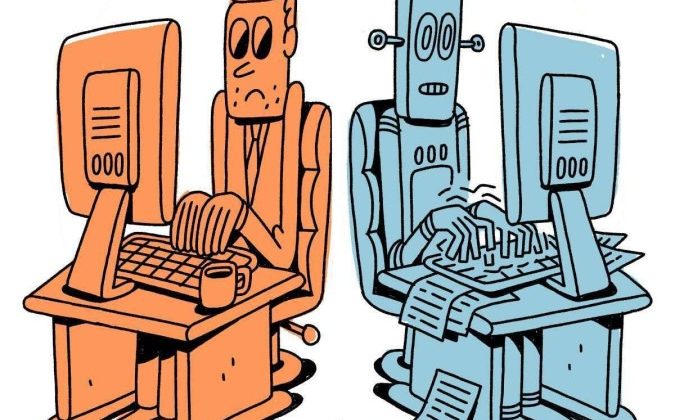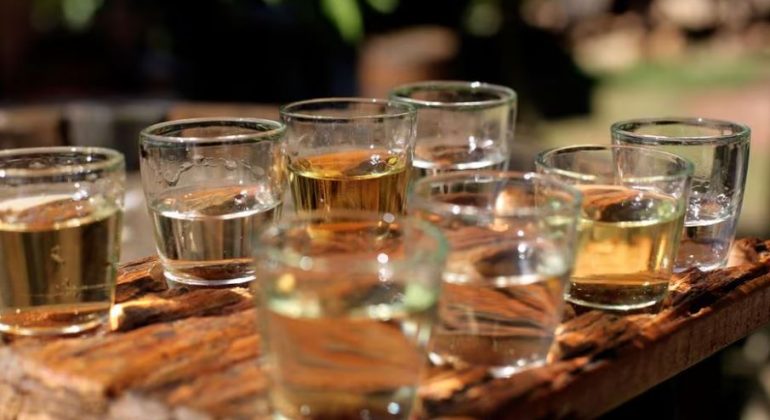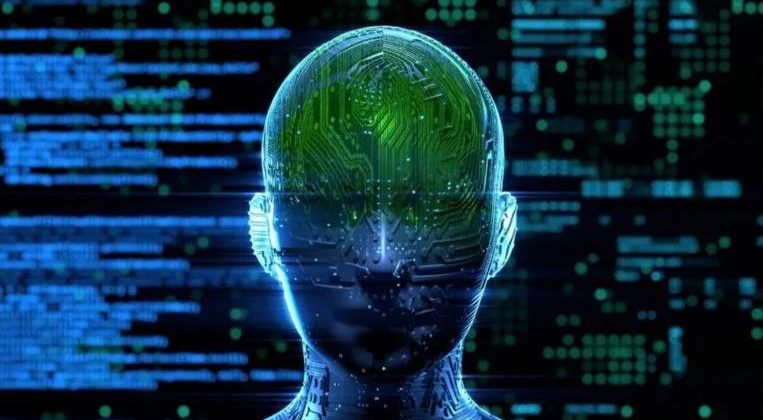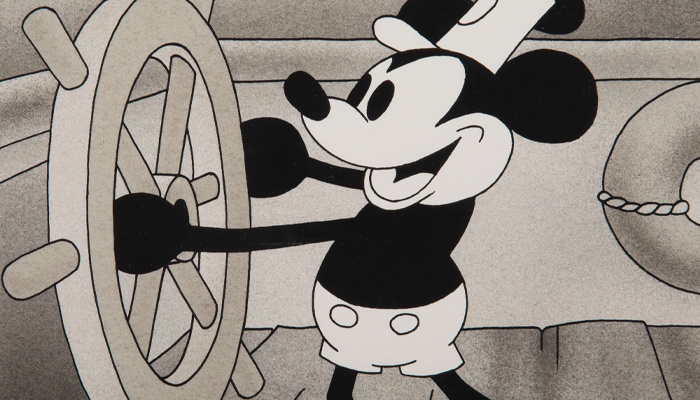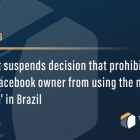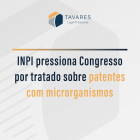Outlook for intellectual property in 2024
Undoubtedly, the intersection of intellectual property and artificial intelligence becomes increasingly relevant with the wide dissemination of technologies derived from it.
With 2024 beginning to take shape, the various areas of intellectual property are once again positioned as catalysts for transformation, with particular emphasis and attention being given to the intersection of intellectual property with artificial intelligence and the use of intellectual property as a tool for sustainable development.
Regarding the intersection of intellectual property with artificial intelligence, there is no doubt that this topic becomes increasingly relevant with the wide dissemination of technologies derived from it, such as ChatGPT, Jasper, and DALL-E2, creating a perspective for a society in which creativity and innovation, once characteristics unique to human beings, now involve collaboration between humans and machines.
In this sense, it is clear that this change of scenario raises crucial questions regarding how intellectual property can be applied to creations that result from joint efforts between humans and artificial intelligence, making it necessary to highlight issues involving ownership and authorship of creations and generated through these technologies, as well as the definition of legal responsibilities.
Regarding ownership and authorship, there is no consensus among jurists and different legislation on the subject, as some consider works created through collaboration between humans and artificial intelligence to be the property of the company that developed them. The technology algorithm, while another portion understands that the work would be owned and authored by the human interacting with the artificial intelligence.
Such discussions can and should be discussed this year and in the coming years in the National Congress, which regulates artificial intelligence in our country and defines a national fake intelligence policy through which parameters and guidelines for this technology will be described. , creating legal security for using, researching, and developing different types of artificial intelligence in the country.
About intellectual property as a driver of sustainable development, it is clear that this trend has already been observed by the Interministerial Group on Intellectual Property, which established, through its national strategy, a set of more than 200 actions to encourage an effective, balanced intellectual property system that encourages creativity, investments in innovation and access to knowledge.
Among these actions is the intention to conduct matchmaking in green technologies and training in the Amazon region, aiming to generate income from intellectual property assets, such as geographical indications and collective trademarks.
The trend of “green intellectual property” is not new. Still, it will undoubtedly expand in 2024, with the National Intellectual Property Institute announcing the establishment of the sustainability and biotechnology commission, which will focus on green patents, mentoring in geographical indications, a sustainable logistics program, and technological radars focusing on sustainable development.
Considering the relevance of environmentally responsible business for companies, another point of attention for this year will be the use of intellectual property as a vector for protecting products and services that incorporate ethical and sustainable principles, once again highlighting the convergence of intellectual property with governance environmental.
Thus, the prospects for intellectual property for this new year reveal a dynamic panorama, considering that it will be a tool to boost sustainable development and, at the same time, it will be essential to promote a balanced approach to the evolution of the intersection scenario with artificial intelligence.
Source: Correio Braziliense

